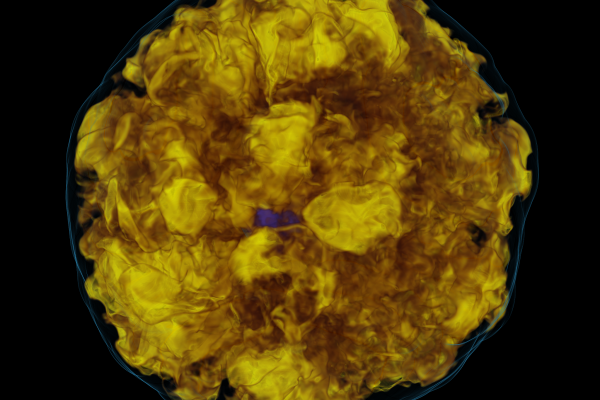
"On The Development of Multidimensional Progenitor Models For Core-collapse Supernovae"
Core-collapse supernova explosions (CCSN) are one possible fate of a massive star. Simulations of CCSNe rely on the properties of the massive star at core-collapse. As such, a critical component is the realization of realistic initial conditions. Multidimensional progenitor models can enable us to capture the chaotic nuclear shell burning occurring deep within the stellar interior. I will discuss ongoing efforts to progress our understanding of the nature of massive stars through next-generation hydrodynamic stellar models. In particular, I will present recent results of three-dimensional hydrodynamic models of massive stars evolved for the final moments before collapse. These recent results suggest that realistic 3D progenitor models can be favorable for obtaining robust models of CCSN explosions and are an important aspect of massive star explosions that must be taken into consideration. I will conclude with a brief discussion of the implications our models have for accurate predication of multi-messenger signals from CCSNe such as gravitational wave emission.
